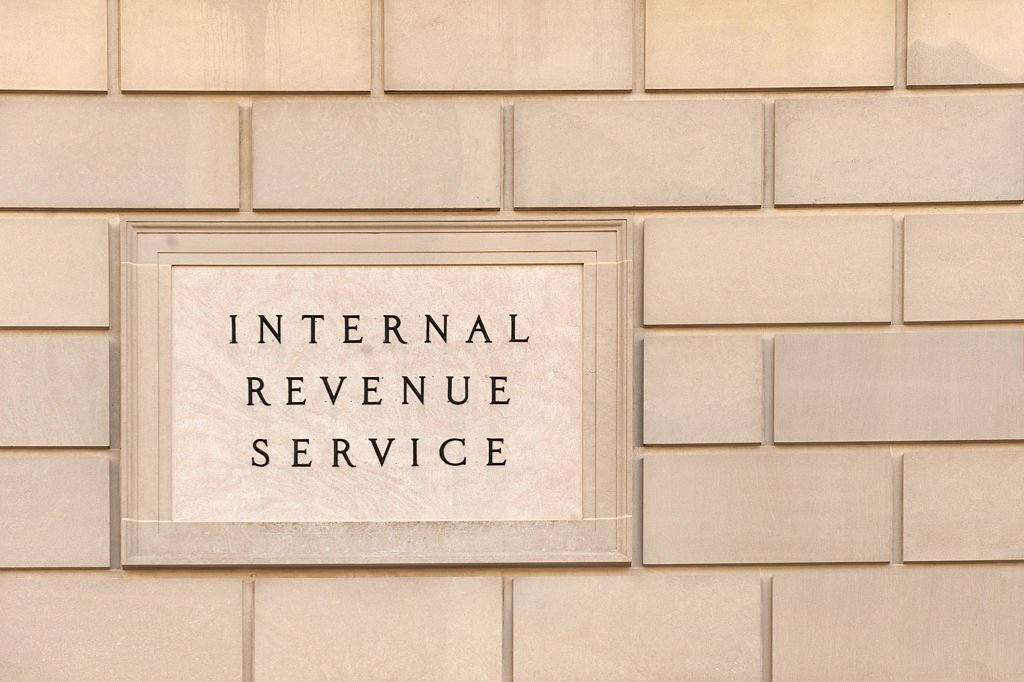I generally stay away from politics in my posts, for a variety of reasons. For one, my politics are incongruent – falling somewhere to the right of my editors, and to the left of the most of my family. Second, politics is not an area I like writing about, where I lean more toward business, accounting, or technology. And finally, regardless what I write I would likely anger someone, and I do enough of that with my reviews and technology predictions.
Still, I was intrigued when a conservative blog boldly declared that IRS statistics show that states that attempt to tax the wealthy to pay for social programs only serve to drive the wealthy to states that offer lower taxes. Anyone who follows the Internal Revenue Service knows that the agency produces some fascinating and strange numbers, such as the number of children who file tax returns.
I am also reminded of Mark Twain’s observation that there are three kinds of lies – Lies, Damned Lies, and Statistics.
The American Thinker blog reported (see http://www.americanthinker.com/blog/2015/09/exodus_blue_state_residents_fleeing_high_taxes_for_low_tax_red_states.html) on a new study from Americans for Tax Reform, and quotes ATR President Grover Norquist (see https://www.atr.org/taxpayers-fleeing-democrat-run-states-republican-ones) as saying:
“People move away from high tax states to low tax states. Every tax refugee is sending a powerful message to politicians. They are voting with their feet. Leaders in Texas and Florida are listening. New York and California are not.”
I know Grover Norquist, from my own 22 years trudging the halls of Congress on behalf of one technology issue or another, including Internet and e-commerce taxation. (I never said that I don’t know politics, only that I don’t like writing about it.) I know him to be an honest and impassioned foe of higher or new taxes.
But one has to wonder about the interpretation of IRS statistics recently published for the 2013 tax year (see migration data at http://www.irs.gov/uac/SOI-Tax-Stats-Migration-Data-2012-2013. They are summarized in the IRS one-page fact sheet at http://www.irs.gov/pub/irs-soi/2012-2013MigrationDataOneSheet.pdf, but the ATR illustration works just as well:
While the statistics may indeed seem damning, they beg further inspection. Here are the things that bother me about making broad assertions based on one-dimensional data:
- The IRS only reports individual income taxes. When you factor in total state and local taxes – including property taxes, sales taxes, and special use taxes – the picture becomes a lot less clear. On that basis, for example, Texas rates 29th for low taxes, while California ranks ninth (see WalletHub report at http://wallethub.com/edu/best-worst-states-to-be-a-taxpayer/2416/).
- As far as blue states versus red states, those with Republicans at the helm do have a lower tax rate, with an average ranking of 21.7. However, WalletHub notes that Democrat-controlled states ranks 29.9 – not a huge difference.
- It is likely that all five of the “best states” in the ATR infographic are all warm weather states – a more desirable place to be after the cold winters that have become the norm in the Northeast and in Illinois.
- One of the states the IRS data shows as gaining population is Colorado, which in the year studied just happened to have a massive influx of taxpayers who wanted to take advantage of that state’s new relaxed laws on marijuana use.
The differences in state and local tax obligations can have an impact on population migration and thereby on accounting firms. New firms seeking to build a stronger base doing tax returns for individuals and small businesses might do well to follow the migration path to find clients. Firms starting a wealth management practice would do well to follow where the rich reside, which is often the low-tax states. On the other hand, those with an established wealth management clientele would do better in high-tax states, where they can better leverage their expertise and experience.
Regardless of how the numbers affect a CPA practice, it is a good idea to look twice into the numbers pool before diving in.
Thanks for reading CPA Practice Advisor!
Subscribe Already registered? Log In
Need more information? Read the FAQs





